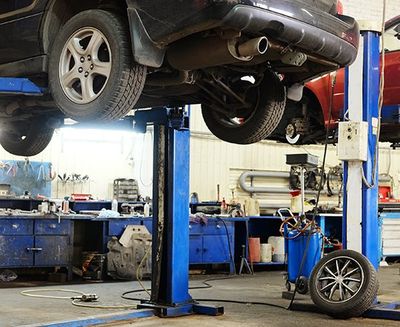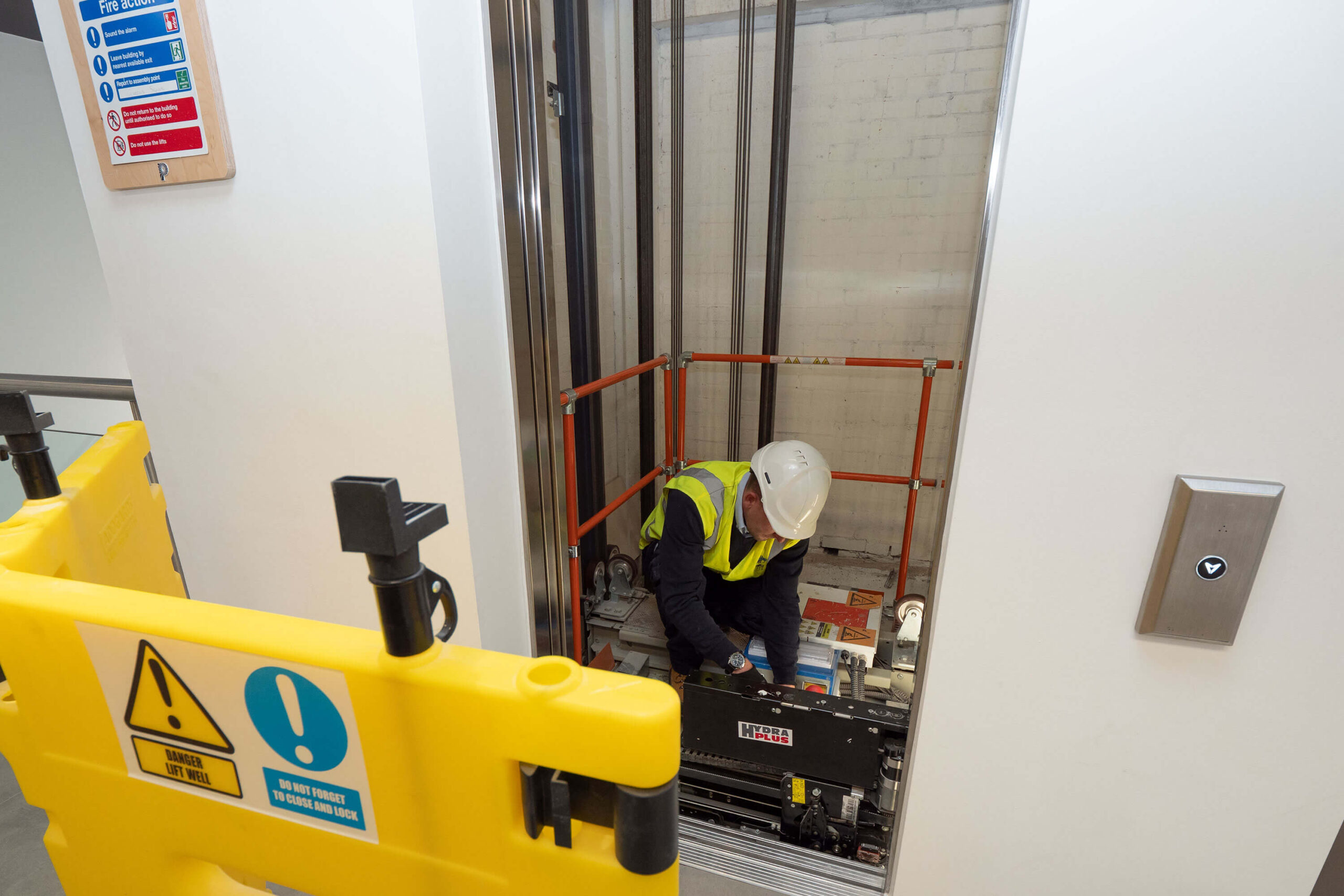Cost Effective Lift Maintenance Services in London: Top Lift Repair Companies Near Me
Wiki Article
Comprehensive Guide to Elevator Equipments and Their Maintenance
Navigating the elaborate world of lift systems and their upkeep is a job that demands precision and expertise. From the different types of elevator systems in usage to the careful adherence to security policies, the upkeep of these upright transport devices is a multifaceted undertaking. As buildings soar higher and modern technology advancements, the need for a thorough understanding of lift systems becomes significantly vital. Join us as we decipher the intricacies of elevator upkeep, checking out typical issues, ideal practices, and sophisticated innovations that form the contemporary landscape of vertical transportation.Kinds Of Elevator Equipments
The most common types include hydraulic elevators, traction lifts, machine-room-less lifts, and vacuum lifts. Hydraulic lifts are optimal for low-rise structures and utilize a hydraulic piston to relocate the lift auto. Machine-room-less lifts are a space-saving alternative as they do not call for a different machine room for the elevator equipment.Each sort of lift system has its very own benefits and downsides, making it vital for structure proprietors and designers to carefully consider their specific needs prior to picking one of the most appropriate choice. Elements such as building elevation, space availability, energy efficiency, and budget plan constraints all play a substantial function in identifying the most effective lift system for a certain structure.
Usual Upkeep Problems
Normal upkeep of lift systems is crucial to make sure smooth operation and lengthen their life expectancy. Regardless of routine maintenance, elevator systems can still encounter typical upkeep problems that require to be quickly resolved to stop interruptions in solution. One of one of the most frequent problems is door breakdowns. Elevator doors may obtain misaligned, resulting in concerns with opening and closing properly. This can trigger hold-ups and security threats, requiring prompt attention from maintenance specialists. One more usual issue is connected to the elevator's leveling precision. If the elevator doesn't straighten correctly with the floorings, guests may experience tripping threats and discomfort. In addition, problems with the control system, such as sensing unit problems or electrical issues, can create the lift to malfunction or quit functioning entirely. Routine evaluations and aggressive maintenance can assist recognize and fix these usual maintenance problems prior to they escalate and impact the total efficiency of the elevator system.
Security Regulations and Compliance
Abiding by rigorous security laws and guaranteeing compliance with sector requirements are vital for maintaining the operational honesty of elevator systems. Lifts undergo a detailed set of safety regulations to guard travelers, upkeep personnel, and the basic public. Regulative bodies such as the Occupational Security and Health Management (OSHA) in the USA and the European Lift Organization (ELA) in Europe develop guidelines that cover various elements of elevator design, installation, maintenance, and procedure.Compliance with these guidelines is not only a legal need however likewise a moral obligation for structure owners and lift maintenance companies. Failing to satisfy safety standards can lead to fines, lawful obligations, and, most importantly, endanger the safety of people making use of the elevator. Normal evaluations, upkeep checks, and adherence to security protocols detailed in the regulations are vital to make certain the reliable and safe procedure of lift systems. By focusing on security laws and compliance, stakeholders can maintain the trust of the general public and mitigate prospective threats connected with elevator use.
Best Practices for Maintenance

Building proprietors ought to also take into consideration investing in modernization upgrades to boost the effectiveness and safety of their lift systems. By complying with these ideal methods, elevator systems can run smoothly and securely, supplying reputable vertical transport for residents.

Advanced Technologies for Efficiency
Carrying out sophisticated modern technologies in lift systems can considerably boost functional effectiveness and passenger experience. redirected here These systems permit guests to input their preferred flooring prior to going into the elevator, which after that guides them to the most efficient vehicle.Moreover, the assimilation of wise sensors and anticipating maintenance capacities has actually transformed important site lift upkeep. These sensors can identify prospective issues prior to they intensify, enabling positive maintenance treatments and lessening downtime. Additionally, using energy-efficient parts and regenerative drives helps lower power usage and operating expense in lift systems.
Moreover, the implementation of cloud-based surveillance and remote diagnostics enables for real-time tracking of lift efficiency and immediate troubleshooting of any breakdowns. This positive approach not just enhances system reliability yet likewise enhances the general user experience by ensuring smooth and nonstop elevator operations.
Final Thought
In verdict, comprehending the various kinds of elevator systems, typical upkeep issues, security laws, finest maintenance practices, and advanced technologies for effectiveness is important for ensuring the smooth operation of elevators. By adhering to security laws and executing finest methods for maintenance, structure owners can lengthen the lifespan of their elevator systems and guarantee the security of travelers. It is necessary to remain upgraded on the most recent advancements in elevator technology to improve efficiency and reliability.The most typical types include hydraulic elevators, traction elevators, machine-room-less lifts, and vacuum cleaner lifts. Hydraulic lifts are excellent for low-rise structures and make use of a hydraulic piston to relocate the lift auto. Machine-room-less elevators are a space-saving alternative as they do not call for a different maker room for the elevator machinery. Regular inspections and proactive upkeep can view website aid determine and fix these typical upkeep problems before they escalate and influence the general performance of the elevator system.

Report this wiki page